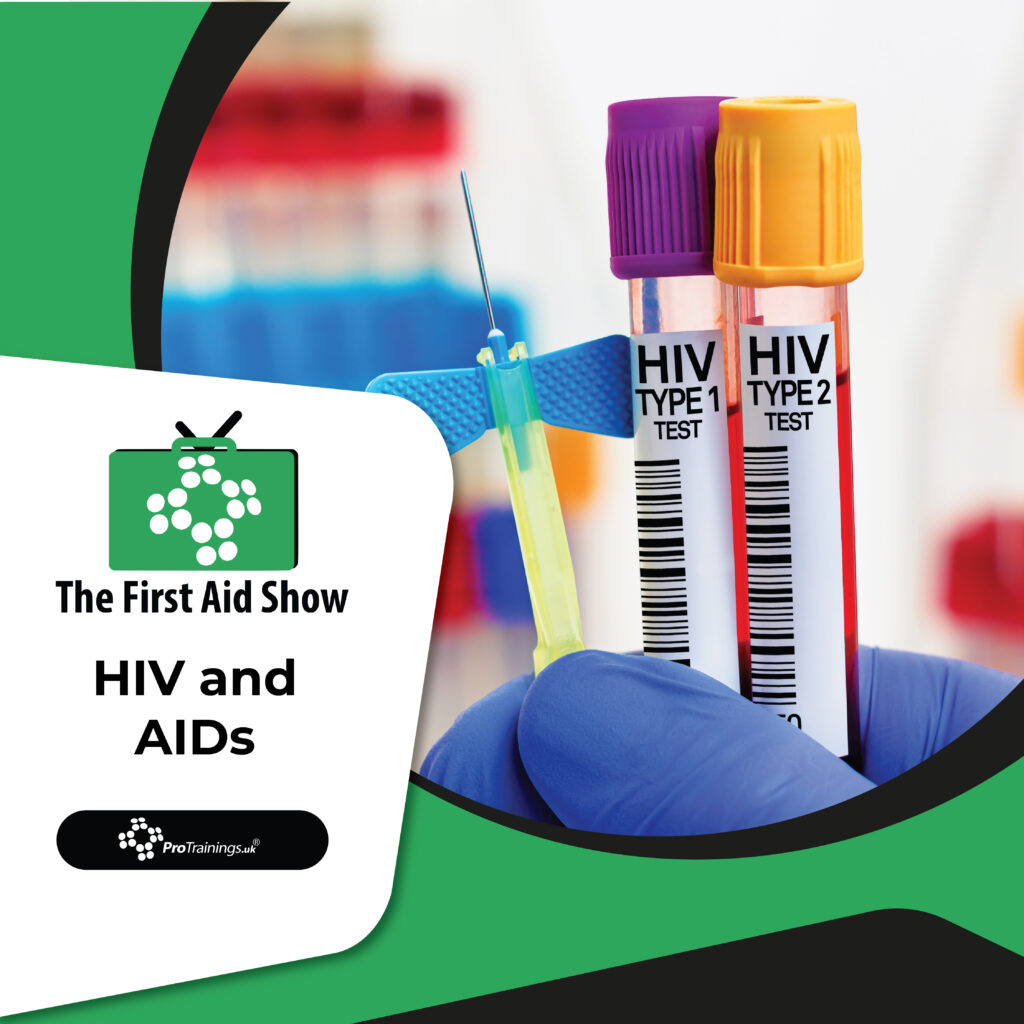Understanding HIV and AIDS: Key Facts and the Path Forward
Human Immunodeficiency Virus (HIV) is a virus that attacks the body’s immune system. It gradually weakens the immune defences, making it harder to fight off infections and diseases. Over time, if left untreated, HIV can progress to Acquired Immune Deficiency Syndrome (AIDS). This is the most advanced stage of the infection, where the immune system becomes severely compromised and unable to protect the body from life-threatening illnesses.
How HIV Is Transmitted
HIV spreads in specific ways. Most commonly, it transmits through unprotected sexual contact with an infected partner. Additionally, sharing needles, syringes, or other injecting equipment carries a high risk. Transmission can also occur from mother to child during pregnancy, childbirth, or breastfeeding. Furthermore, though extremely rare in the UK, it can spread through contaminated blood transfusions or organ transplants. This rarity is due to stringent screening protocols that safeguard medical procedures.
How HIV Is Not Transmitted
Importantly, HIV does not spread through everyday contact. Hugging, shaking hands, sharing food or drinks, or using public toilets or swimming pools do not transmit the virus. In fact, HIV is a fragile virus that cannot survive long outside the human body. Therefore, casual contact poses no risk.
Managing HIV and AIDs
Although there is currently no cure, HIV and AIDs are now considered manageable long-term conditions. Thanks to antiretroviral therapy (ART), individuals with HIV can live long, healthy lives. These medications reduce the viral load to undetectable levels. When this happens, HIV cannot be passed on through sexual contact. Consequently, treatment not only improves health but also helps prevent further transmission.
The Importance of Early Diagnosis
Early diagnosis plays a critical role in treatment success. Therefore, regular testing is essential. In the UK, free and confidential testing is available through the NHS, sexual health clinics, and home-testing services. Testing is particularly recommended for people at higher risk or those who suspect possible exposure. Moreover, early detection allows for quicker treatment and reduces the risk of complications.
Current Trends and Ongoing Efforts
In recent years, the UK has seen a slight increase in new HIV diagnoses. This rise is especially noticeable among heterosexual men and women. Diagnoses among gay, bisexual, and other men who have sex with men have also slightly increased. Nevertheless, most individuals living with HIV are receiving treatment. Among them, the vast majority are virally suppressed, which highlights the effectiveness of modern HIV care.
Tackling Late Diagnosis and Inequality
Reducing late diagnoses remains a top priority. People diagnosed late face higher risks of severe health issues and early mortality. Simultaneously, health inequalities persist. Ethnic minority groups and individuals with limited access to healthcare often face greater barriers to testing and treatment. As a result, targeted outreach and support are essential.
Looking Towards 2030
The UK aims to end new HIV transmissions by 2030. Achieving this goal requires a multi-faceted approach. Firstly, routine HIV testing must be expanded, especially through opt-out testing in emergency departments. Secondly, greater availability and uptake of Pre-Exposure Prophylaxis (PrEP) can help protect those at higher risk. Lastly, continued public education campaigns are needed to reduce stigma and promote regular testing.
Conclusion
In summary, while HIV and AIDs continue to present public health challenges, progress has been remarkable. Today, with widespread access to effective treatment and increased awareness, outcomes have significantly improved. By combining education, prevention, and early intervention, the UK remains on track to eliminate new HIV transmissions within the next decade.


